Math block is right up there with a morning meeting and our afternoon dismissal routine in terms of how much I would love to talk to you about it until I'm blue in the face. But I won't. All I'll say is that if you like a classroom that runs like a well-oiled machine and you strive for students who love math, then you are a great candidate for math centers and the math workshop model.
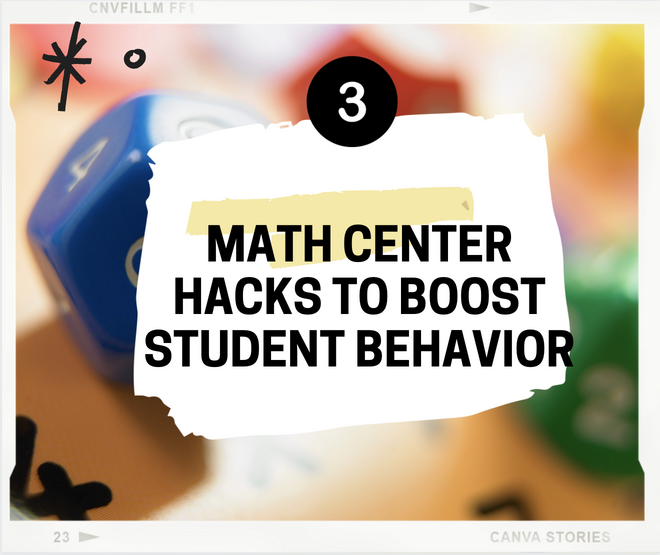
I said I wouldn't Ted Talk you, so it's important I quickly tell you that my #1 favorite thing about math workshop is that students can do their own thing (very intentional, incredible hone-your-math-skills things) while you get to work with several students daily to teach them new things. It's all very lovely.
But it doesn't happen overnight.
Luckily, there are 3 things you can implement today in order to make student independence a mainstay in your very own classroom. Come with me:
1. Model your math block start to finish at the beginning of the year. This can be accomplished by engaging in exploration math centers in which students get a chance to touch, use, and play with various math manipulatives. Also think about doing exploration stations in the beginning and middle of the year.
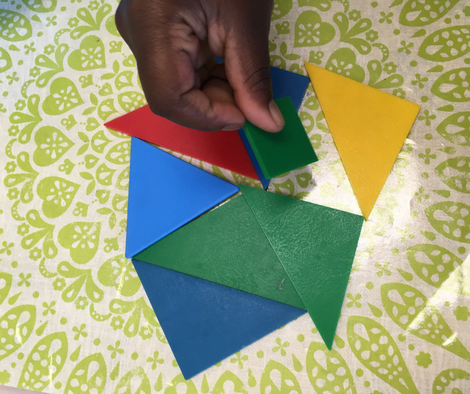
Using exploration stations gives students a chance to touch, feel, and, well–explore materials freely before they are expected to follow rules.
This works especially well with math materials since there are so many ways to use the same materials within the math block all year long.
Whether you choose structured exploration stations like the ones linked above or you do a looser version of this, it's a great way to get students acclimated so your room runs smoothly.
2. Think about adding a math journal station to your math workshop.
I love this option because once you nail down expectations and rules, it's an automatic gimme in the independence department. Students know exactly what to do, where to go, and how to do it. I love to review the math journal prompt together during our math class meeting so they know what to do. As the year goes on, students can read prompts to each other.
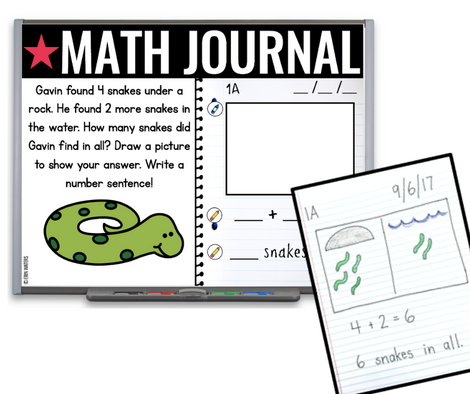
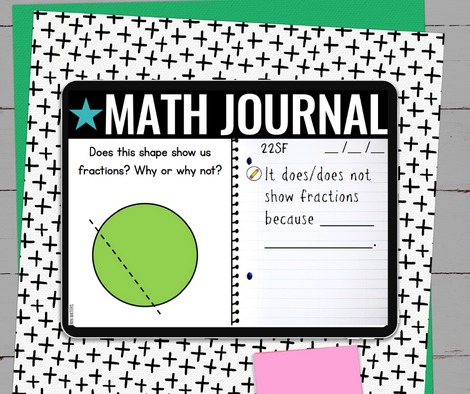
If you're interested in trying out a free week of math journal prompts, you can select an option from those below:
Grab your 1ST GRADE math prompts for free below
Grab your 2ND GRADE math prompts for free below
3. Add an accountability check-in to your math workshop model from Day 1.
Okay, this one isn't technically a math center, but I consider it a mini-center.
To instill student responsibility, your first option is to utilize the secret skill trick during your math workshop to recognize partners who are showcasing excellent independence.
Secondly, think about using a math station scorecard. I got this idea from my good friend Sarah at The Klare Connection. This is the one I made for my classroom:
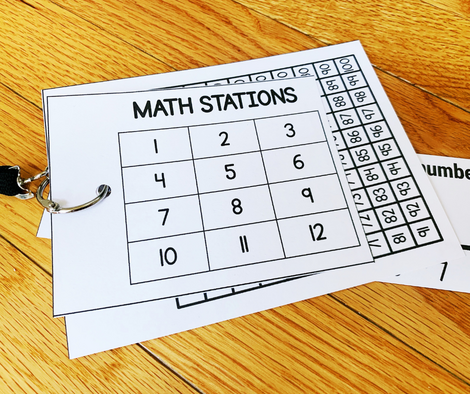
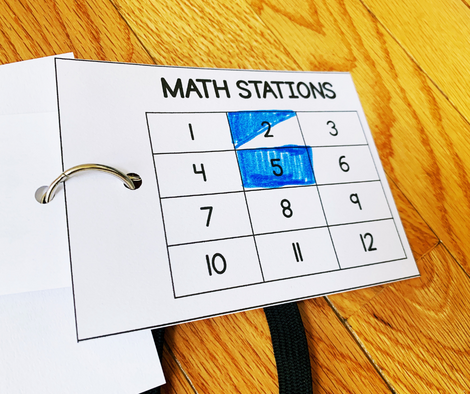
This was an amazing hack for accountability as my students learned to navigate partner teamwork and independence and productivity. I'd have each partner group one u pat the end of every math block and i'd quickly check over their progress on each station completed that day. This sounds like it would take a long gtim but it truly did not. I got this idea from Stephanie at Buckeye Mama and once I saw it done in less than 5 minutes in her kindergarten classroom I knew it was possible for anyone. And indeed it was. Scorecards for the win!
All in all, independent math centers are not for the faint of heart–but they can be successful with the right tools and routines in place. I hope this post helped! I'd love to know your favorite math center hack in the comments!

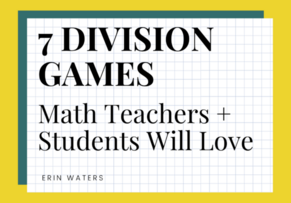
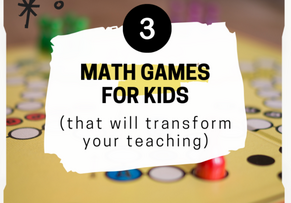
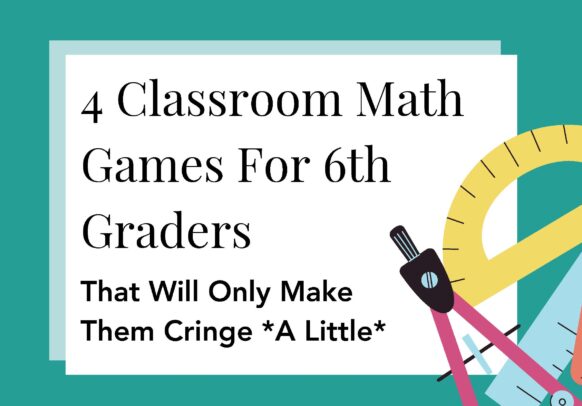
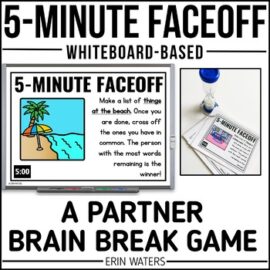

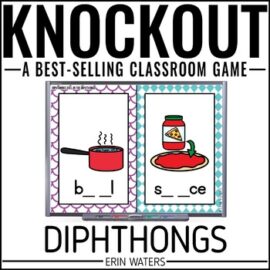
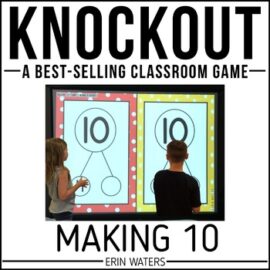
 Arm you with high-quality tools: Sleep peacefully at night knowing you’re doing what’s best for your students.
Arm you with high-quality tools: Sleep peacefully at night knowing you’re doing what’s best for your students. Save your energy: Provide resources that cost you little energy (that stuff is precious)---but have high impact on your students.
Save your energy: Provide resources that cost you little energy (that stuff is precious)---but have high impact on your students. Light your spark: Putting fun back into your classroom after the hardest teaching years can be just what you and your students need.
Light your spark: Putting fun back into your classroom after the hardest teaching years can be just what you and your students need.
Leave a Comment